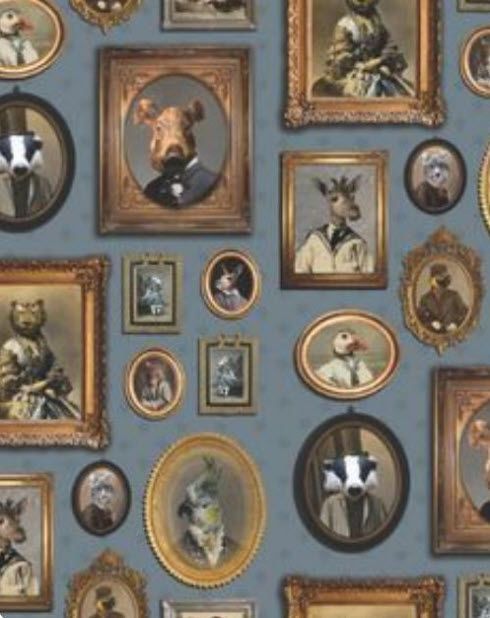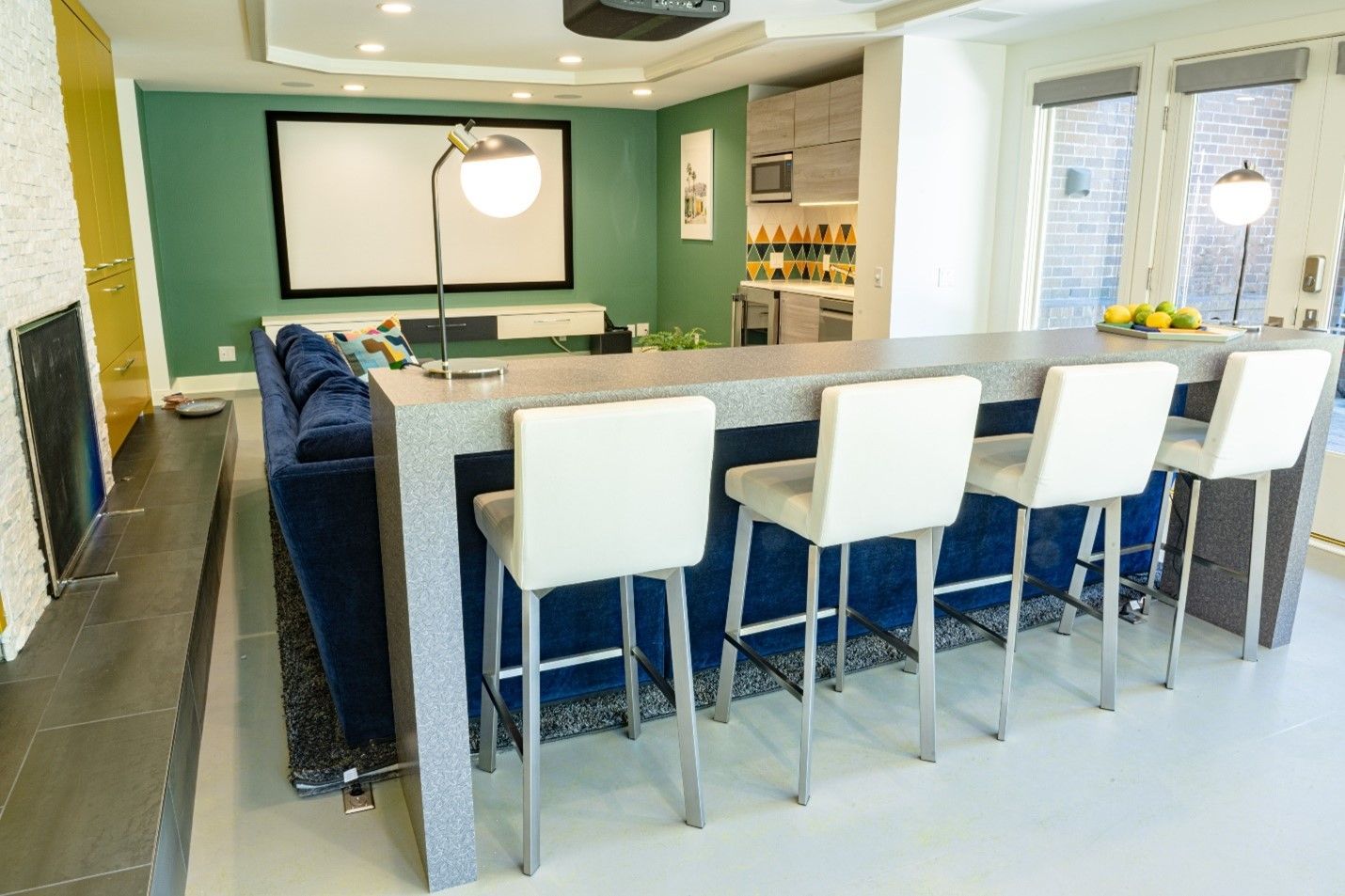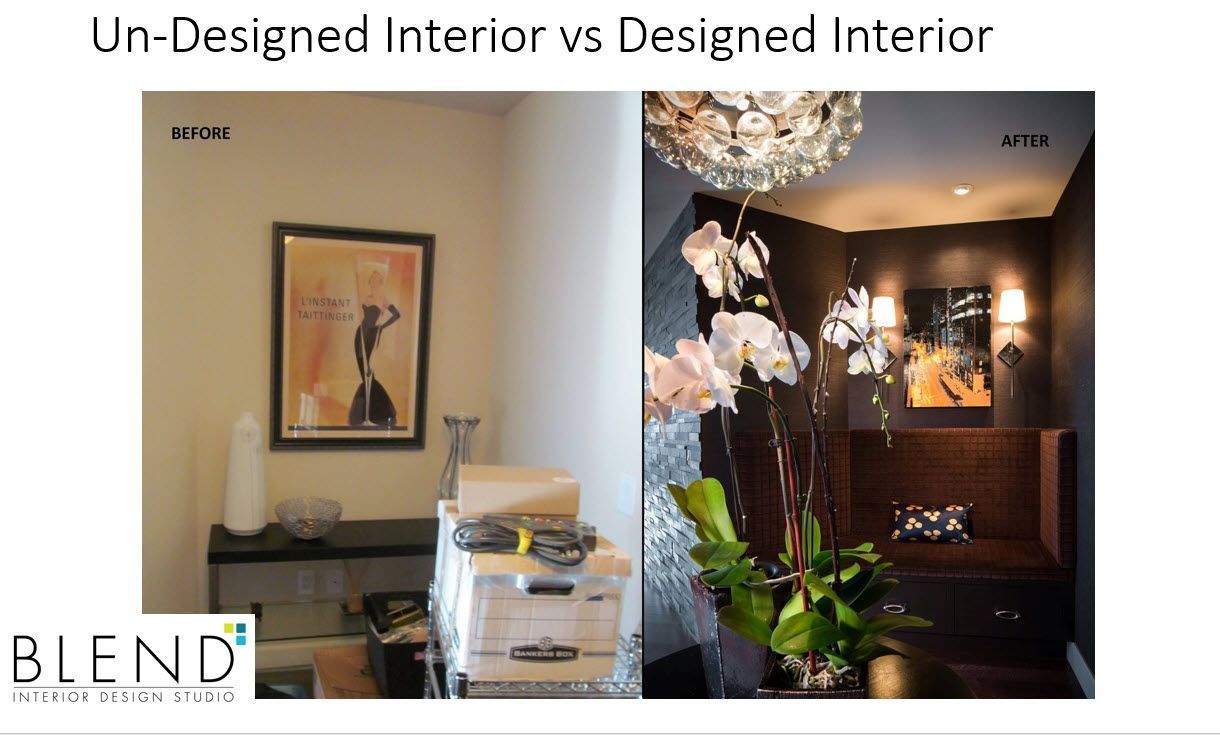The Art of Hanging Art
What Are the Elements of Design?
- The elements of design are the fundamental aspects of any visual design which include shape, color, space, form, line, value, and texture. Interior designers use the elements of design to create a space that can convey a certain mood, draw the eye in a certain direction, or even evoke a number of feelings. These same elements can be used in hanging art. While the elements of design form the basics of any image, designers also lean on the principles of design, which are a set of practices of working with the elements of design that make a composition look pleasing to the eye.
What Are the Differences Between the Elements and Principles of Design?
- The elements of design refer to the basic building blocks of any composition. The principles of design refer to how the elements are used, like the symmetrical and asymmetrical balance, pattern, emphasis, movement, and proportion. The principles of design are a set of cardinal rules and techniques for composing the various elements of design.
Principals of Design Help Us Feel Balanced
There are many mental health benefits to a harmonious interior. Probably the most beneficial is that it gives one a sense of control of their lives. Also, an important aspect of this is that they have a safe haven from the world that they are comfortable in and this space functions well for them. Of course, there are general features of spaces that work as a positive elements to begin with like good lighting, spaciousness and earthly elements. Principals of design –are different techniques used in interiors to create interest -Balance, proportion, symmetry, emphasis, rhythm and contrast play a big part of an interiors that flows throughout the space. Here are some examples of these principals in design.
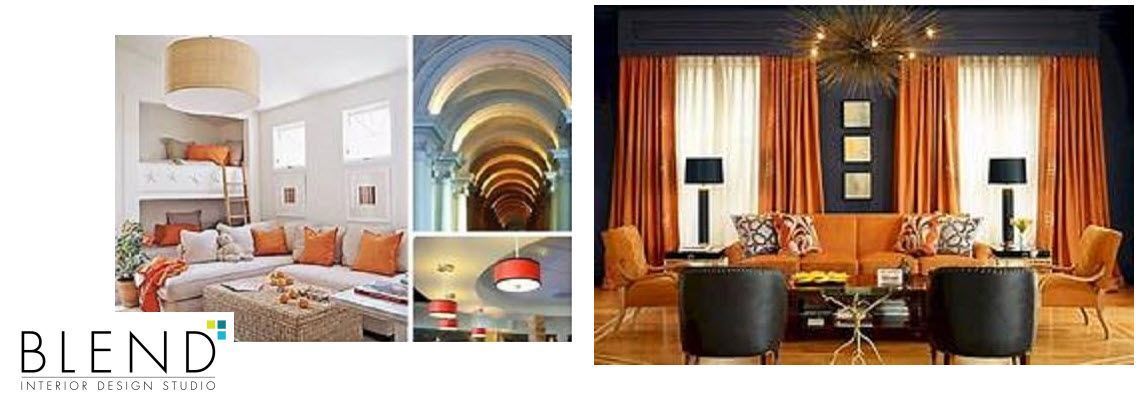
Emphasis
Achieving Emphasis When Hanging Art
- Hanging art in a focal point location
- Over a sofa or a dominating piece of furniture
- Above a fireplace or mantle
- Contrast in color

Emphasis & Symmetry

Balance & Contrast
Achieving Balance When Hanging Art
- Where objects in real life carry physical weight, elements in design carry visual weight.
- Large elements are heavier and small elements lighter, with each element having its own "weight" based on how much attention they draw.

Asymmetrical Balance & Movement
Achieving Movement with Placement
- Multiple Sized Pieces
- No Mirror Image
- Unexpexted
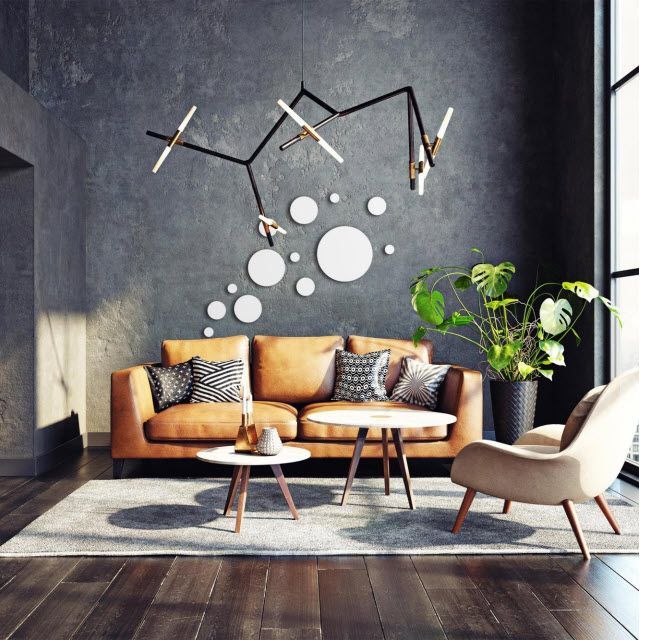
Radial Balance & Pattern
Achieving Radial Balance with Placement
- Multiple Sized Pieces
- Feels Balanced
- Heavy Elements on Bottom
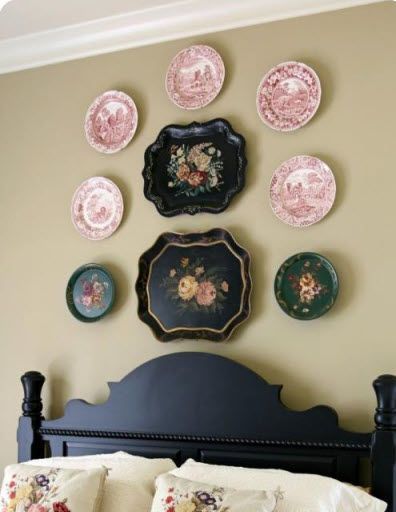
Repetition & Pattern
Achieving Repetition & Pattern
- Same Image
- Similar Color Tones
- Visually Same Frames

Variety & Proportion
All Elements Are Similar But Different
- Multiple Sized Pieces
- All Art Pieces Proportional to Each Other
